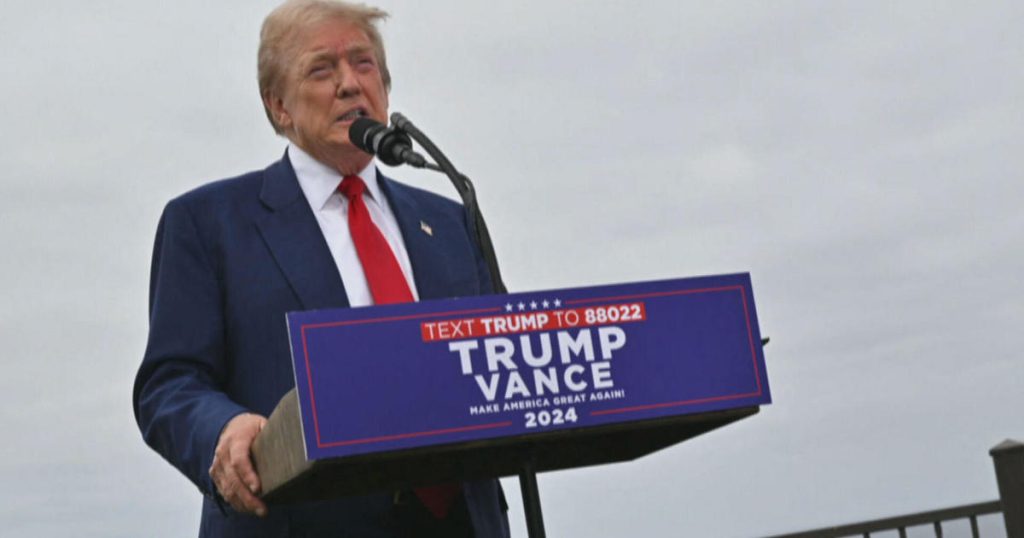Former President Donald Trump recently found himself defending his relationship with 9/11 conspiracy theorist and white nationalist Laura Loomer. Despite Loomer’s controversial views and statements, Trump stands by their association. Additionally, Trump has been reiterating false claims regarding pets being eaten in Springfield, Ohio, further contributing to the spread of misinformation. In contrast, Vice President Kamala Harris has been focusing on her political goals by traveling to Pennsylvania, where she is aiming to strengthen her ties with blue-collar towns like Scranton, President Biden’s hometown. This move signifies Harris’ effort to solidify her position and pave her way to the White House.
As the political landscape remains intense, Trump’s defense of his connection with Loomer raises questions about his association with individuals who hold extremist beliefs. Loomer, known for her controversial viewpoints and association with white nationalism, has become a prominent figure within far-right circles. By maintaining ties with her, Trump sends a message that he is aligned with those who propagate conspiracy theories and divisive ideologies. This decision opens up a discourse about the role of leaders in fostering unity and upholding values that promote inclusivity.
Meanwhile, Trump’s insistence on spreading false claims, such as pets being eaten in Springfield, Ohio, adds to the ongoing issue of misinformation within the public sphere. As a former President, his statements hold significant influence, potentially shaping the beliefs and perceptions of his supporters. By perpetuating falsehoods, Trump feeds into a cycle of distrust and uncertainty, undermining the foundation of truth and credibility in societal discourse. This highlights the importance of critical thinking and fact-checking in deciphering the validity of information presented by public figures.
On the other hand, Vice President Kamala Harris’ strategic move to Pennsylvania signals her intent to build connections with crucial voter demographics, particularly in blue-collar towns like Scranton. By focusing on these areas, Harris demonstrates her commitment to understanding and addressing the needs of working-class Americans. This approach aligns with the Biden administration’s emphasis on economic recovery and support for middle-class families, positioning Harris as a key figure in shaping policies that benefit these communities. Furthermore, her efforts in Pennsylvania reflect a broader strategy to secure support and strengthen her political influence.
In the midst of contrasting approaches taken by Trump and Harris, the political landscape remains dynamic and unpredictable. Trump’s affiliation with controversial figures and dissemination of misinformation poses challenges to the integrity of political discourse, while Harris’ targeted outreach to blue-collar towns underscores her dedication to serving diverse constituencies. As the nation navigates through shifting power dynamics and ideological clashes, the choices made by leaders like Trump and Harris carry significant implications for the future of American politics. By examining these contrasting narratives, it becomes evident that the actions and statements of political figures play a crucial role in shaping public opinion and influencing the direction of governance.
In conclusion, the relationship between Donald Trump and Laura Loomer, along with Trump’s dissemination of false claims, raises concerns about the spread of extremist views and misinformation. Conversely, Vice President Kamala Harris’ strategic focus on blue-collar towns in Pennsylvania highlights her commitment to connecting with diverse communities and addressing their needs. The contrasting approaches of Trump and Harris underscore the importance of leadership in fostering unity, dispelling falsehoods, and advancing policies that benefit all Americans. As the political landscape evolves, the decisions made by leaders will continue to shape the trajectory of governance and public discourse in the United States.


